1. Where Time Stands Still – The Story of the Creation of the Pyramids of Giza
The Giza Pyramid has existed for more than 4,500 years, defying all laws of time and nature (Photo source: Collected)
In the mid-26th century BC, during the reign of Pharaoh Khufu, the construction of the Great Pyramid of Giza began. Although more than 4,500 years have passed, this structure still stands as a challenge to all laws of time and nature. Located on the western edge of Cairo, the Giza Pyramid complex includes three main pyramids: those of Pharaoh Khufu (Cheops), Khafre and Menkaure. Of these, Khufu's Pyramid is the largest and also the only one of the Seven Wonders of the Ancient World that still exists today.
According to ancient documents and archaeologists, more than 2 million stone blocks, each weighing from 2 to 70 tons, were used to build this wonder. However, how the ancient Egyptians were able to move, support and arrange those giant stone blocks perfectly down to the millimeter is still a question that makes modern scientists amazed.
2. Legends and spirituality in each stone block of the Giza Pyramid
The Giza Pyramids contain sacred legends of ancient Egyptian civilization (Photo source: Collected)
Each stone in the Great Pyramid of Giza is not only a building material, but also contains sacred legends of ancient Egyptian civilization. It is believed that the pyramid is the place where the souls of the Pharaohs continued their journey to the afterlife. It is not just a tomb, but a mystical gate connecting the earthly world and the eternal world, between humans and the gods.
Inside the Great Pyramid of Giza, the system of hidden corridors and chambers resembles a maze, with only those with the courage and wisdom to reach the end. The main chamber, often called the “king’s chamber,” once housed the embalmed body of the powerful pharaoh. Despite the passage of millennia, the internal structure remains unaffected by earthquakes or harsh weather.
3. Timeless Architecture – Challenging all human limits
The faces of the Pyramid are aligned almost perfectly with an error of less than 0.05 degrees (Image source: Collected)
When standing in front of the Great Pyramid of Giza, we cannot help but wonder: how could the ancients build a structure with such precision that even modern engineers must bow in admiration? The sides of the pyramid are almost perfectly aligned in the four cardinal directions of North - South - East - West, with an error of less than 0.05 degrees. Not only that, the original height of the Khufu Pyramid was up to about 146.6 meters - something unprecedented in the history of ancient architecture.
A popular theory is that the Egyptians used a system of spiral ramps to haul the blocks up, while some modern researchers doubt that help came from an advanced civilization – perhaps even extraterrestrial. Whatever the truth, the Great Pyramid of Giza remains a dazzling symbol of the limitless creative possibilities of humankind.
4. The Pyramids of Giza and Unsolved Mysteries
The Giza Pyramids have always been the center of research, exploration and conspiracy theories (Image source: Collected)
Since its discovery, the Great Pyramid of Giza has been the center of research, exploration, and even conspiracy theories. One of the biggest mysteries is the true purpose of the pyramid's construction. Although most documents confirm that this is the eternal resting place of the Pharaohs, the lack of mummies found in the Pyramid of Khufu has left many skeptical.
In addition, infrared rays have revealed many secret chambers that have not yet been explored, as if the structure is hiding ancient messages that humanity is not yet ready to receive. It is hypothesized that the Giza Pyramids are closely related to the constellations in the sky – especially the constellation Orion, which symbolizes the god Osiris – the ruler of the underworld. The correlation between the position of the pyramids and the position of the three main stars of the constellation Orion has led many to believe that this place contains astronomical knowledge that we have never known.
5. Light and Shadow – Experience the Pyramids of Giza at Dusk
The Giza Pyramids are immersed in the brilliant orange color of the sunset (Photo source: Collected)
As the sun sets behind the dunes, the Pyramids of Giza are bathed in a fiery orange glow, creating a scene straight out of an ancient dream. This is the best time to see the monument – when the soft light highlights its majestic features, and the long shadows cast by the pyramids tell stories thousands of years old.
Many visitors choose to experience the "Sound & Light Show" - a sound and light show held regularly in the evening, where laser light is projected onto the surface of the pyramid combined with an emotional narrative, making history come alive right before their eyes. The Giza Pyramid is no longer an architectural work, but becomes a living being whispering to tell the legends that have slept underground.
The Pyramids of Giza are not just a construction, not just a place, but an epic of humanity. Coming here, each person not only admires the timeless beauty, but is also reminded of immortal things - of wisdom, perseverance and the desire to reach the unimaginable. The journey to explore the Pyramids of Giza is the journey to discover ourselves among the wonders of the vast universe.
Source: https://www.vietravel.com/vn/am-thuc-kham-pha/kim-tu-thap-giza-v17347.aspx


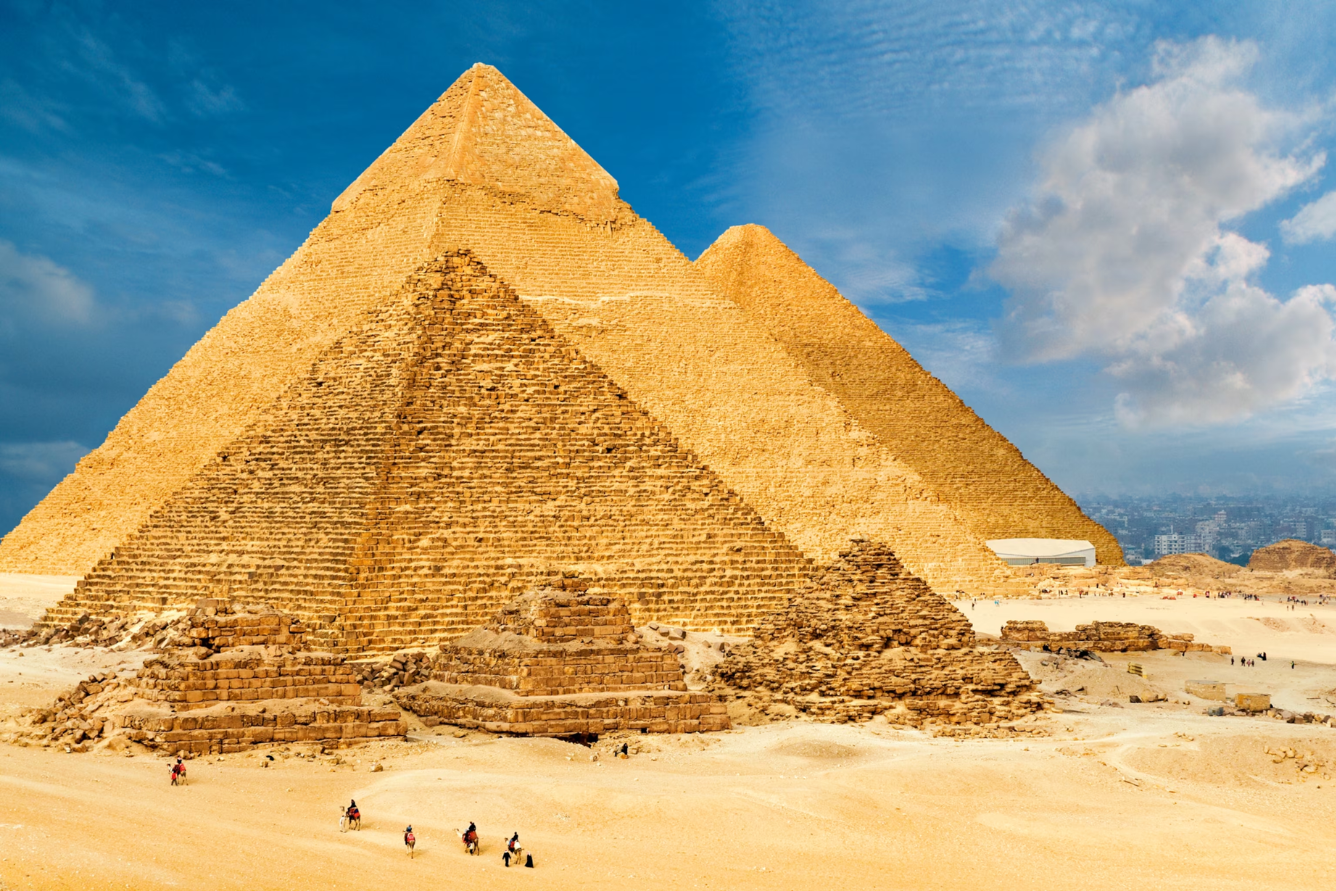
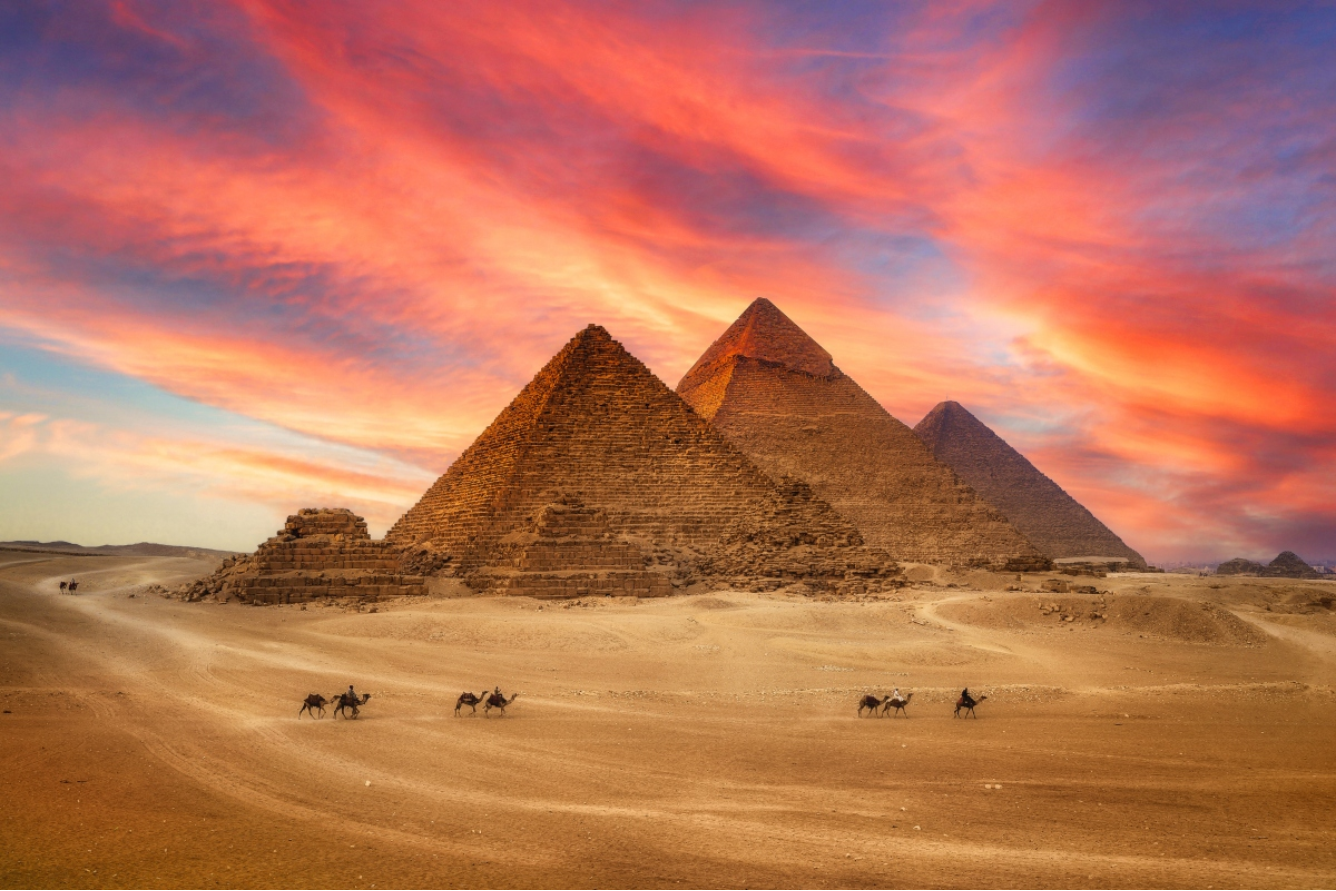
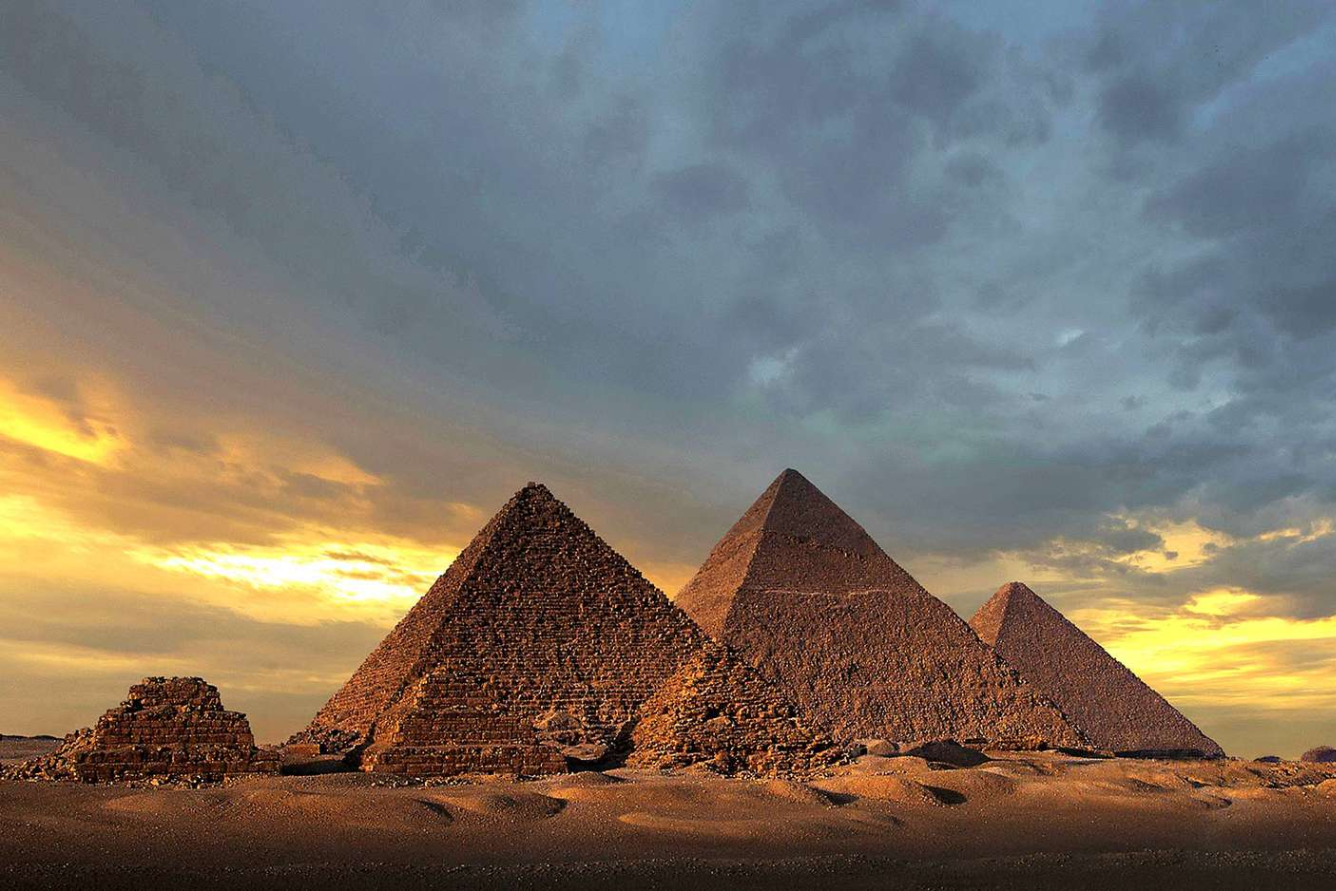
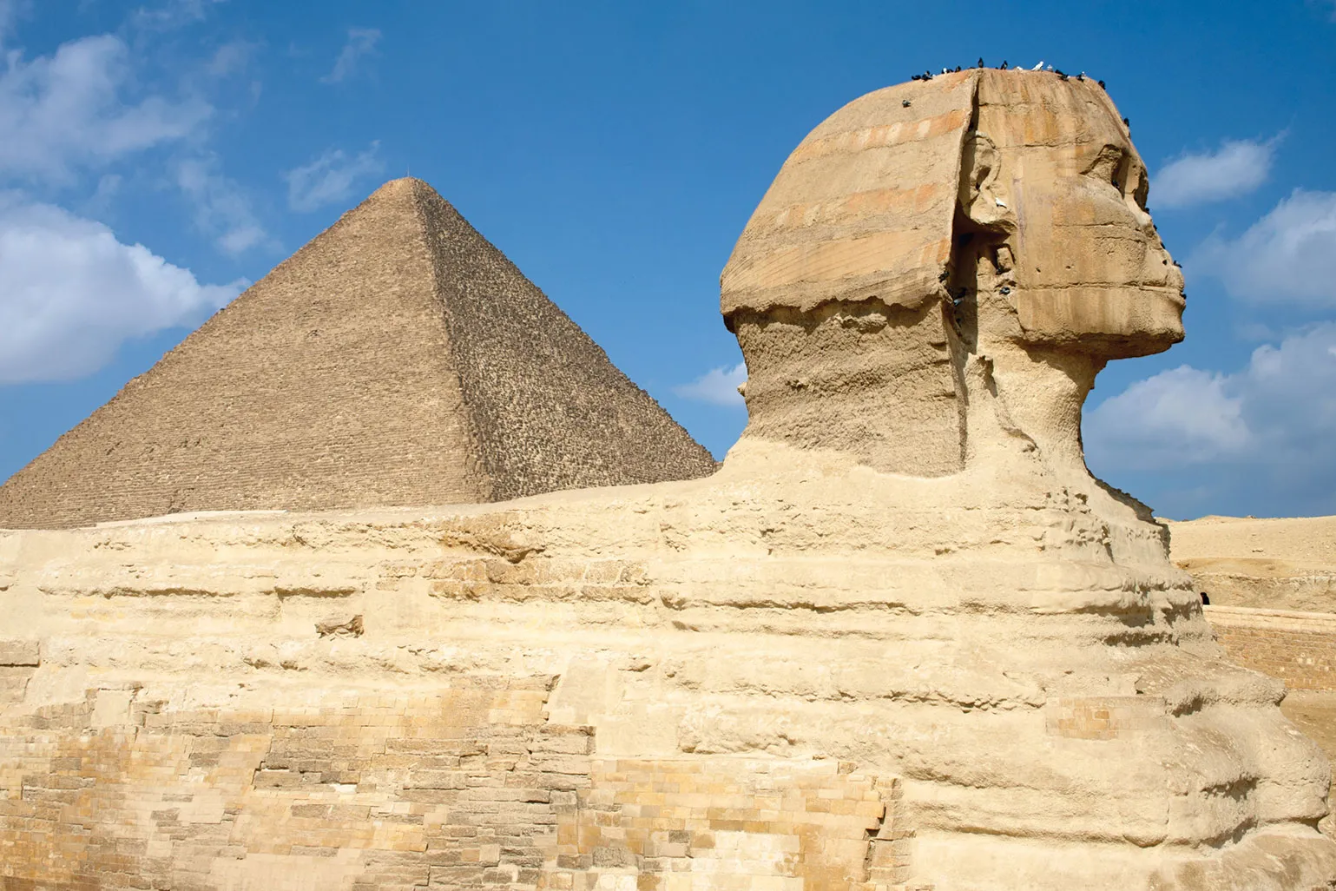
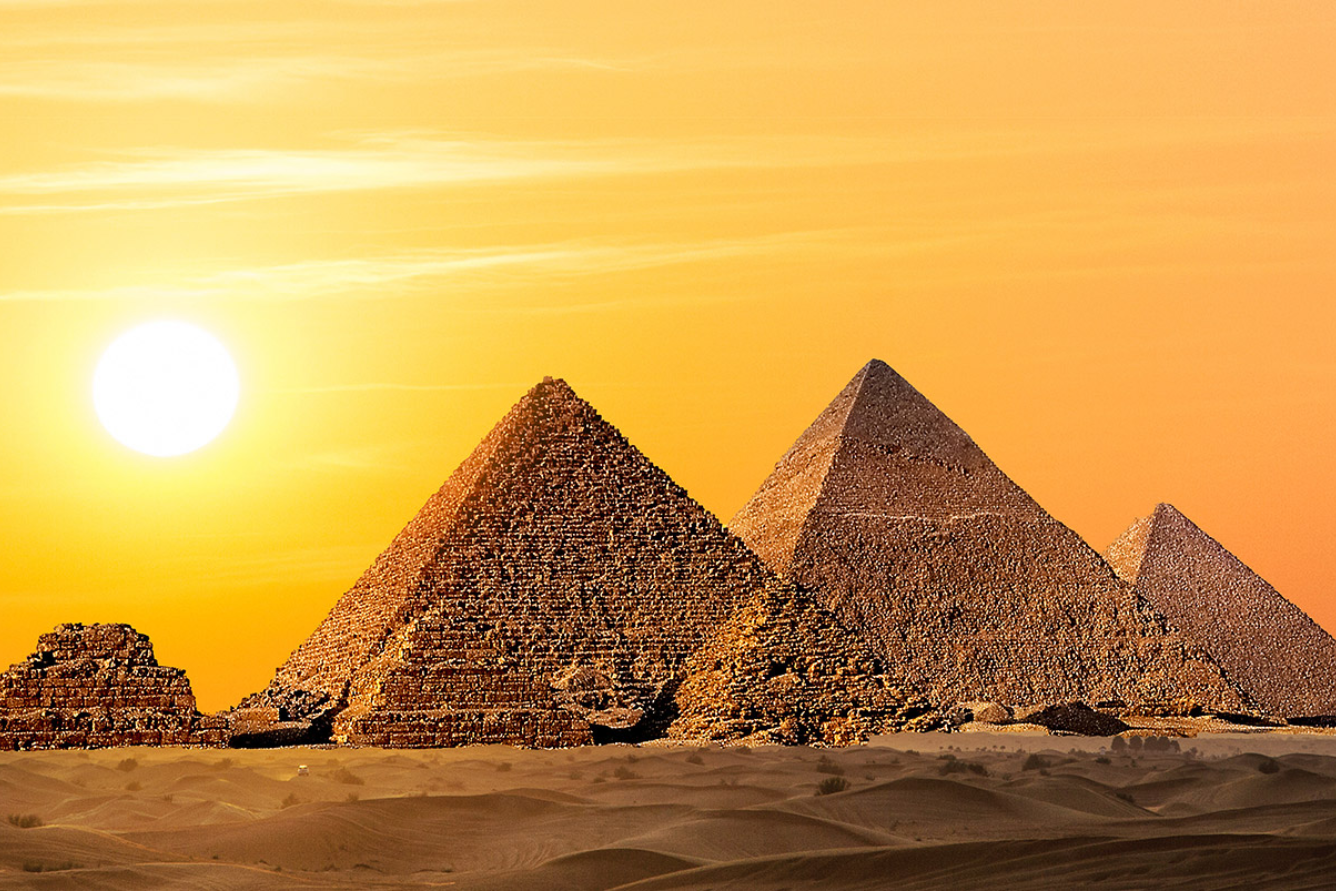






















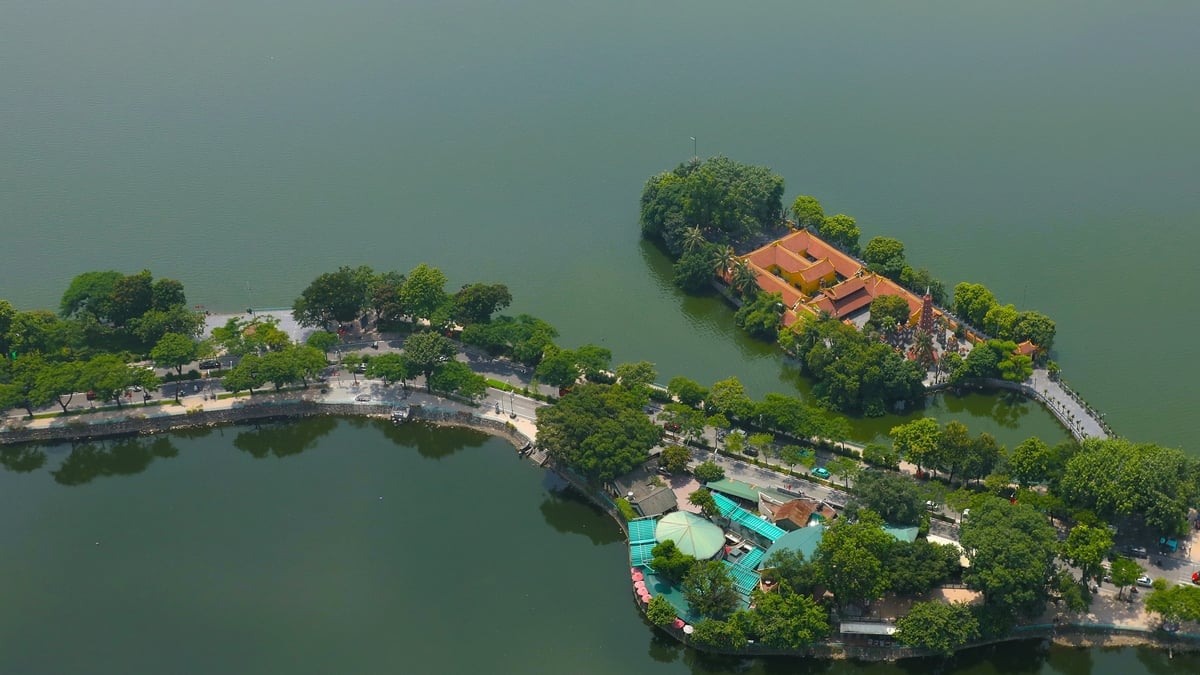













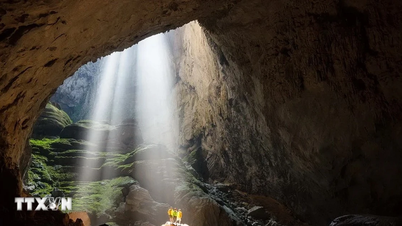































































Comment (0)